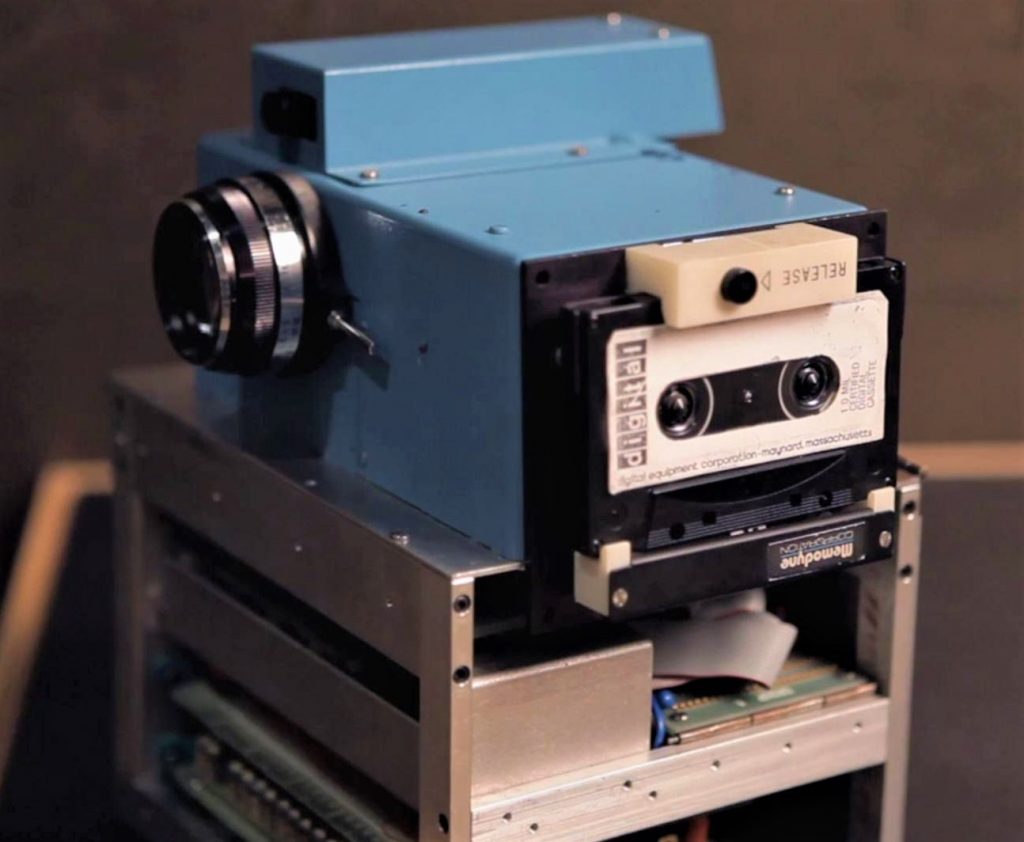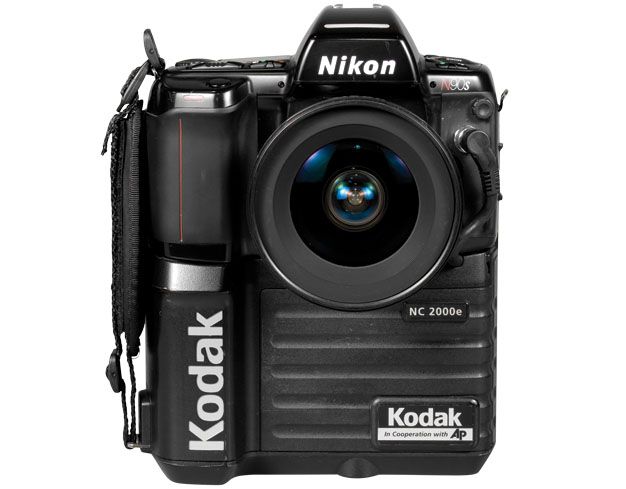Photojournalism, digital photography, and the Vancouver Sun Newspaper
Digital photography isn’t anything we give much thought to these days. After all, everything is digital, everyone has a cell phone, everyone, therefore, has a camera. Taking pictures, sending them to friends and family, or posting them on some social media site is an everyday practice. But such instant and easy access to photographs is fairly new, little more than twenty-five years, and The Vancouver Sun found itself on the leading edge of this significant evolution.
The Origins of Digital Photography – 1960s and ’70s
The origins of the digital camera go back to the 1960s where image enhancement was being used and developed by the American space program. The interest in finding a means of capturing images electronically came from the evolution of video recording technology. By the 1970s, Kodak, Canon, and RCA were exploring how to develop an electronic image capturing camera. Steve Sasson, an engineer at Kodak, was researching the use of the charge-couple device (CCD) for image creation and in 1975 presented the first digital camera. He could hold it with both his hands and take a picture and so considered it, amusingly, a hand-held creation. The images would record onto a cassette tape that could then be played back and seen on a TV. The company, however, was not as impressed with this new creation when told that it would likely take 15-20 years before this would be ready for the consumer market.

Sony, Fuji, Apple, Floppy Disks, and the 1980s
Other companies were also researching and developing digital cameras. Sony’s Mavica non-film electronic camera was seen as the beginning of a new road ahead in 1981. It too had to playback to a TV or monitor from the stored media on a two-inch floppy disk. By the mid-1980s photojournalists were experimenting with early digital cameras and recognizing that it would lead to dramatic changes in how photos were stored, edited, and transmitted for publications. This would also have major implications for the average consumer, professional photographers, and photography buffs. Fuji presented a camera that recorded images to an SRAM card in 1988 but it wasn’t really until the debut of Apple’s QuickTake in 1994 that we see the first mainstream digital camera. Kodak developed it and sold it for around $1000.

The Kodak NC2000 and the first newspaper to transition to all-digital
Kodak introduced its digital camera system (DCS) with a 1.3-megapixel sensor in a Nikon F3 camera in 1991. The system was aimed at photojournalists. But it wasn’t until 1994 that Kodak teamed up with the Associated Press to offer its members the Kodak NC2000. It was this camera that The Vancouver Sun, the first newspaper to transition to all-digital photography, along with The Province and The Calgary Harold, purchased in its switch to all-digital photography in 1995. Discounted for AP members to $16,950 from its listed $17,950 price, the camera was highly unpopular, as was the transition to digital. But as the ability to transfer pictures quickly and easily improved and the images and functions of the camera technology got better, virtually everyone saw and supported this new technological change. They had no desire to return to the old ways.

Sources:
http://digitaljournalist.org/issue0602/dunleavy.html
https://www.cnet.com/news/photos-the-history-of-the-digital-camera/
“Unsung Cameras Of Yesteryear: The Kodak NC2000 (Featuring Rob Galbraith),” YouTube uploaded by The Camera Store, 22 May, 2016. https://www.youtube.com/watch?v=0BwQ9jS1xKc
Fralic, Shelley. Making Headlines: 100 Years of the Vancouver Sun. Vancouver: Vancouver Sun, 2012.
